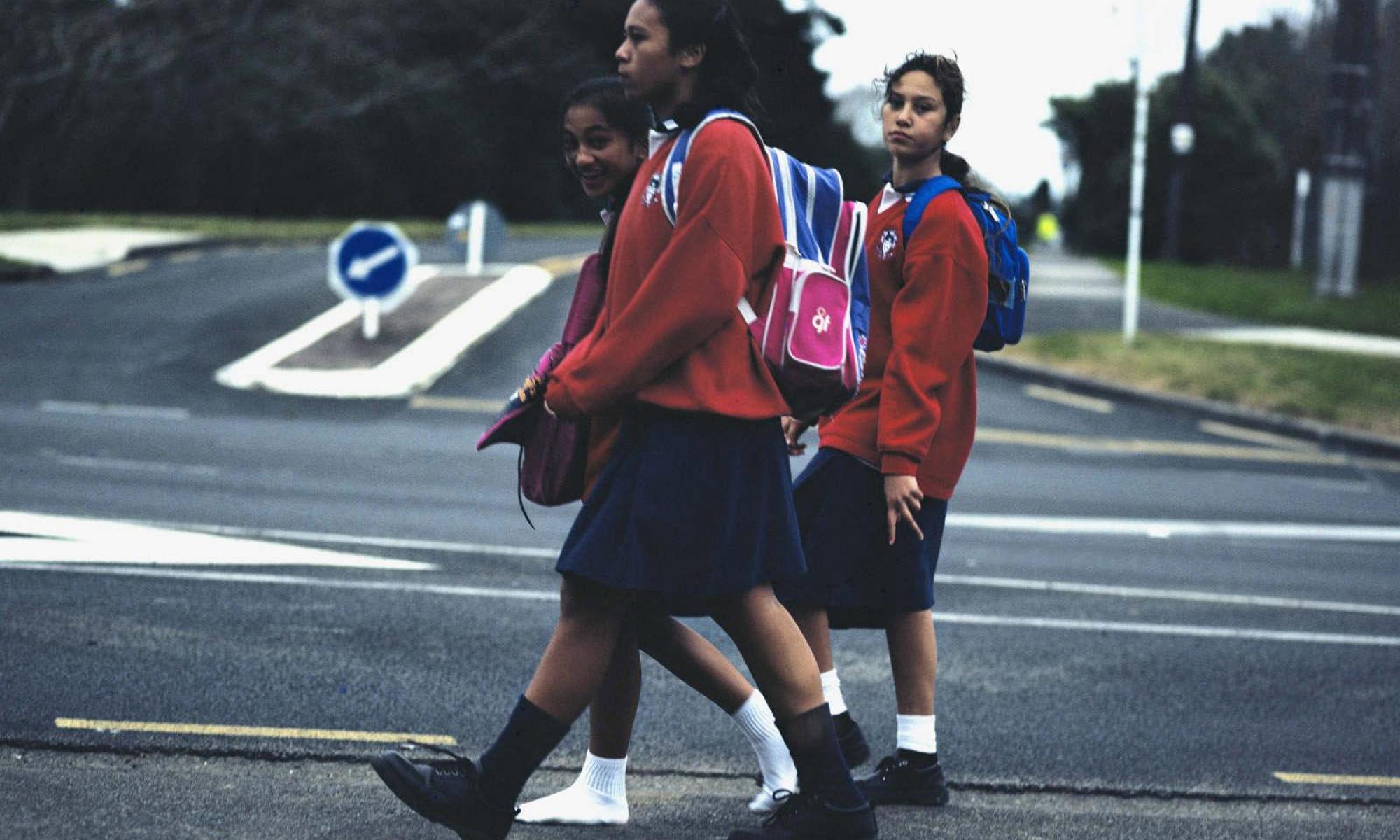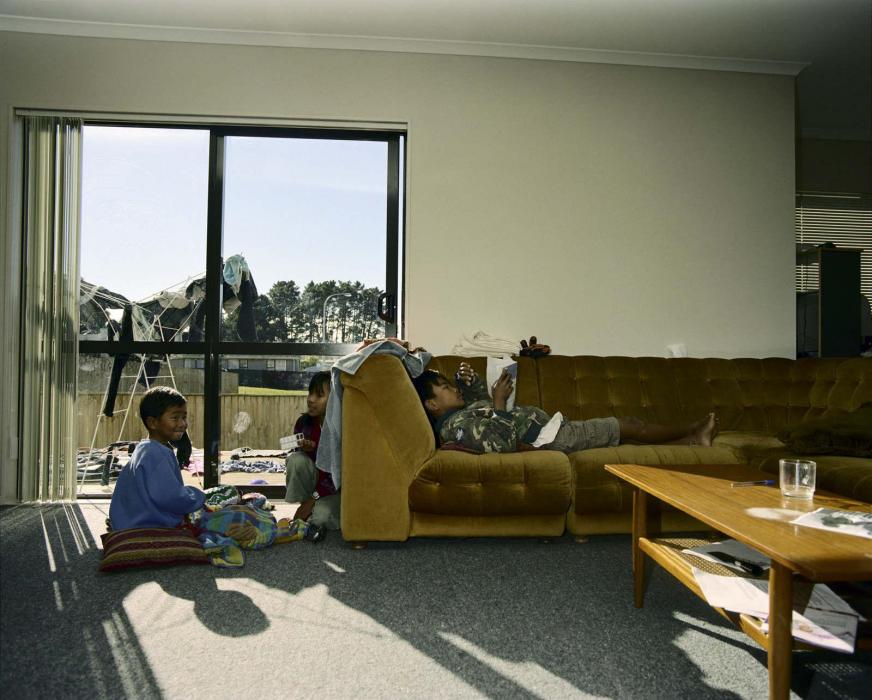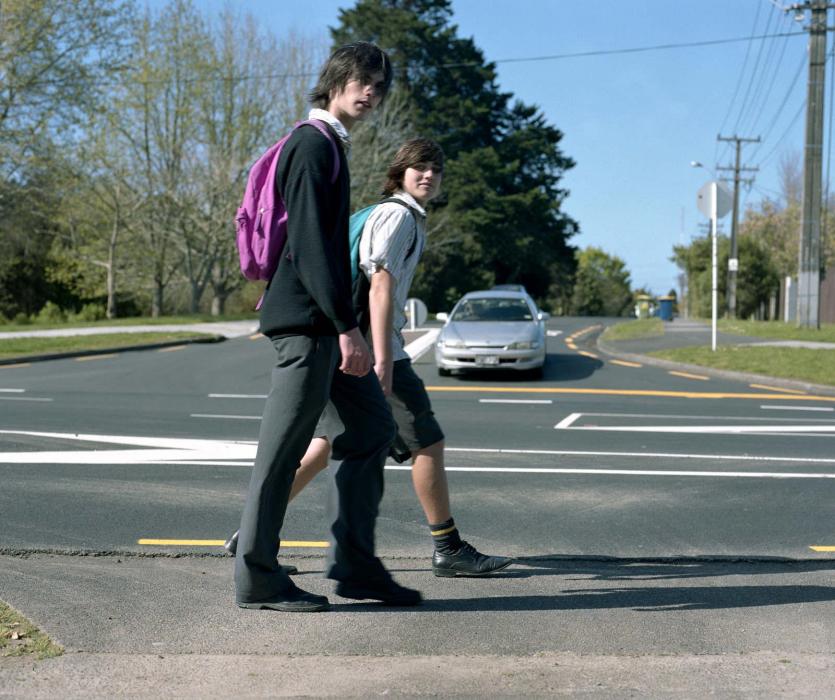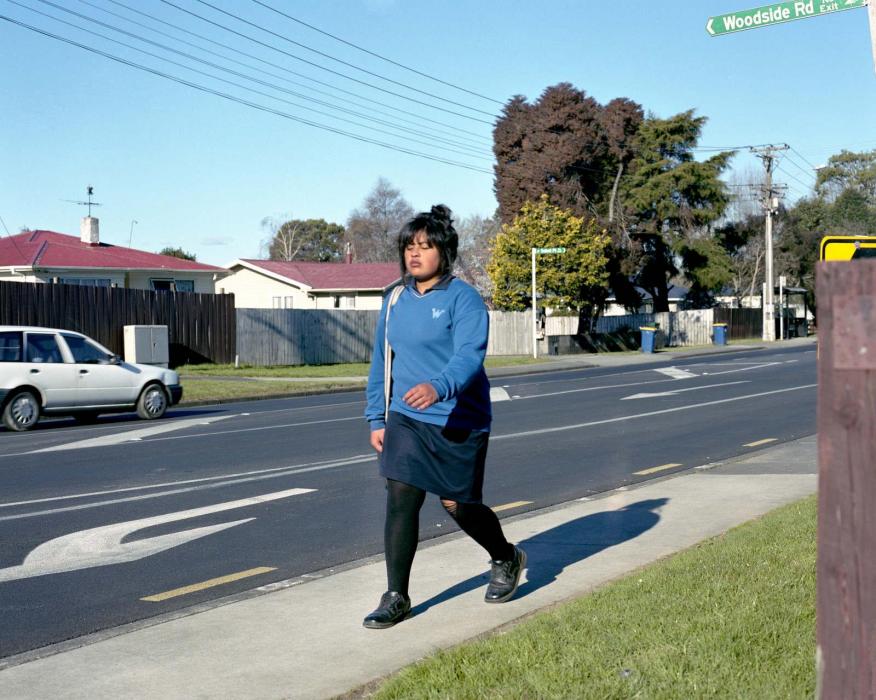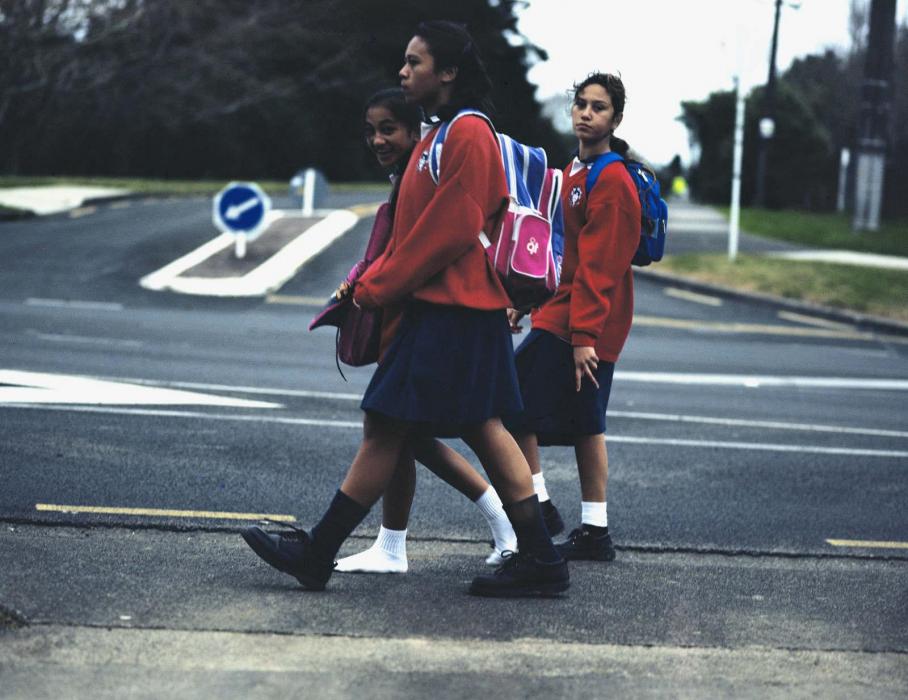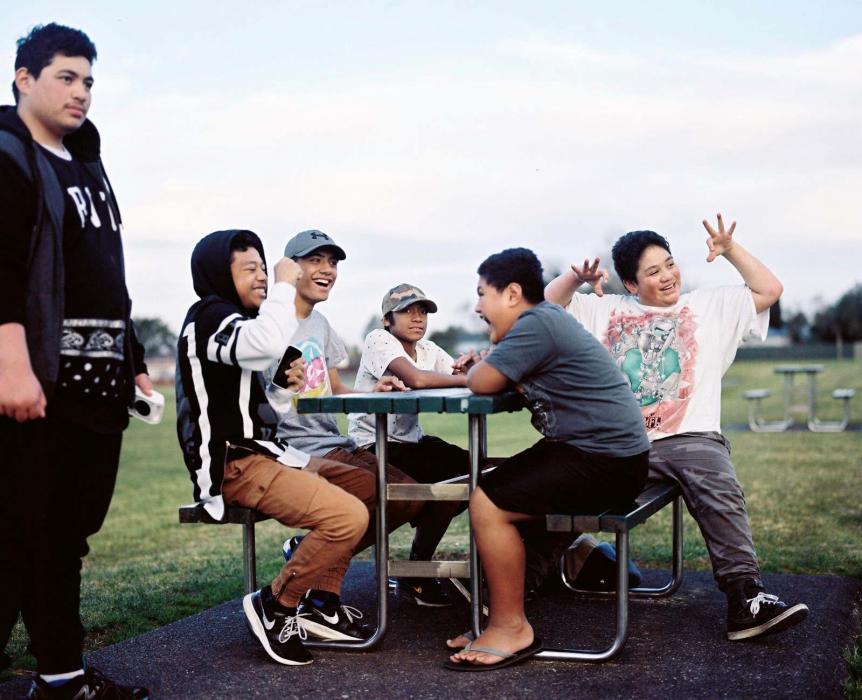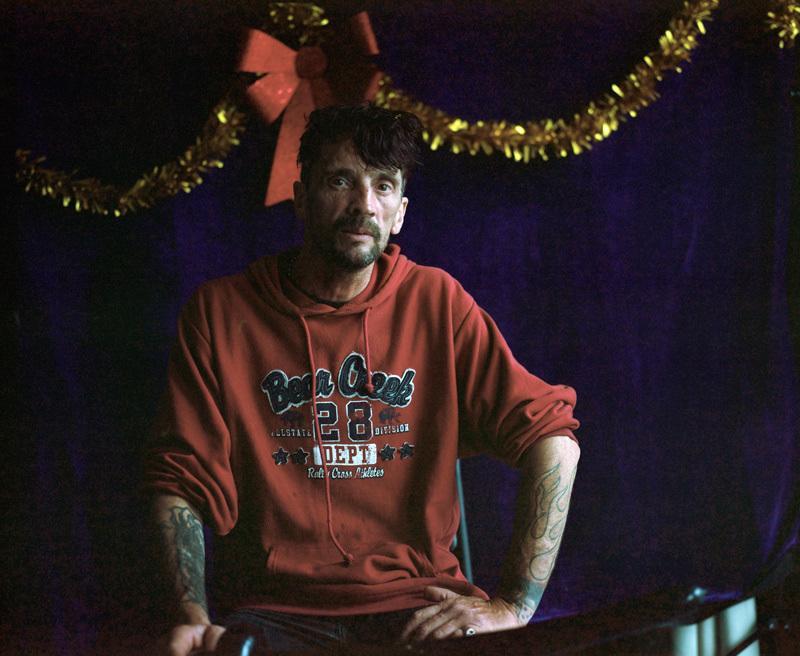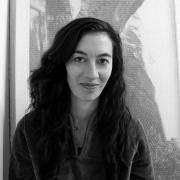Double Take
When I heard that an Aotearoa-based University gallery such as the Adam Art Gallery would be mounting its first solo exhibition of a Pacific artist, in 2019, I was concerned that this in itself would become the focus. Which in turn led me question why now and why so late. I was worried that there would be a curatorial focus on the ethnicity of the artist and communities they represent, work with and—either explicitly or implied—exhibit. And I assumed that the public programming would be a series of events with unrelated artists or curators of the same ethnicity. Words like village might be used. Yet assumptions aside I knew wholeheartedly the significance of such an exhibition, and that this would be a cause for celebration because the success of one is the success of many.
Edith Amituanai’s Double Take at Adam Art Gallery is curated by Ane Tonga who herself comes from a lens-based practice. From the very start of the exhibition, the wall text informs the viewer that this show is about the act of looking. As the first survey of Edith, with works spanning 2003 to now, there is a strong emphasis on the medium of photography. And in particular Edith’s diaristic use of photography as time-based, both through the amount of time Edith spends to gain the trust of her subjects and the pause in time exposing the interior and exterior worlds we inhabit.
It’s not until the third wall label that a viewer unfamiliar with Edith’s practice would learn that she is of Pacific descent, but her whakapapa is not laboured over. This is not an introduction to Edith, but a long pause to take a deep breath of time in her practice. As I tentatively start to release my cynical preconceived ideas, I see that this is a show for those with existing knowledge of Edith’s extensive career. But alongside this, sitting perfectly at ease, it is for those with knowledge of what it’s like to be young, suburban and have your home filled with signifiers of migration and belonging.
Edith’s work is founded on her artistic rigour of portraying a slice of a place rather than attempting to represent a totality of place. In an artist talk with photographer David Cook, chaired by another photographer Chevron Hassett, Edith asks ‘How come the homes I think are really interesting aren’t shown in galleries?’ Indicative here of her wider practice, is Edith’s access into people homes and therefore lives, as she continues to speak of ‘the responsibility of the worlds I am accessing.’ Bound tightly within the realms of access and responsibility is Edith’s La Fine Del Mondo, 2009–2010 which follows a resettlement process of the Lai family from Myanmar to West Auckland. These photographs of sunlight falling in the lounge, washing drying and children playing in the neighbourhood are a result of Edith’s work as a Refugee Services Volunteer at the Auckland Migrant Centre. Yet these are not photographs proclaiming representation, they don’t possess a definitive voice of authority regarding identity. They are intimate portrayals of a very vulnerable place, of family life at home. People don’t let just anyone into their house and let them photograph their kids. Edith is obviously in it for the long-game.
And while this is an obvious time-bound practice, it doesn’t appear slow. In her series The End of My Driveway, 2011–2012 where Edith photographed students from the curb of her own home, walking to and from school, we see the intermediary zone between school and home. At first glance this is an ordinary series of events, but Edith indicates to us that this is in fact a time where students are by themselves, for a few moments they are in charge, free to walk anywhere they choose yet fully aware of the consequences of the actions. ETA (Edith’s Talent Agency) 2015 – continuing, canvases work she has produced over the last four years with the youth in her West Auckland neighbourhood. Edith shows the viewer their undiscovered talents and also their ability to hang out, an aspect often lost in adulthood. There is an unmistakable vitality of having youth not only on the walls but in the gallery. During the artist talk question time, Pacific Studies lecturer Dr Emalani Case spoke of how she took her Pasi 101 class to the Adam Art Gallery during semester. ‘Most of those students had never been inside the gallery right here on campus. Yet once in the doors and seeing themselves reflected right back at them, they were the experts.’ Numerous younger artists and art students reiterated to me that Edith Amituanai’s show was the first time they had visited The Adam.
While the architecture of The Adam can be an amusing maze to navigate, it does offer the duality of intimate and open spaces. With the front window covered in vinyl of a Switch Hittaz car stacked with sirens, there remains an almost private living room space within what is normally a gallery fishbowl. Here in her Mrs Amituanai, 2005 series is what I presume to be the most personal photographs of Edith’s, those of her parents and the lounge of her in-laws on or around her wedding day. Edith does not miss a beat in maintaining her tone and style, during one of life’s milestone events.
The artistic and curatorial rigour continued into the photography-focused public programming which was supported Herbert Bartley, Senior Pasifika Advisor at the College of Creative Arts, Massey University. These ‘Double Talk: Lunchtime Series’ featured a broad selection of photographers, curators and academics chosen because of their ability to draw out certain aspects of Edith’s oeuvre.
An acknowledgment must be given here to The Adam Art Gallery who invited Ane Tonga into their space as a guest curator. It takes both grace and courage to offer space to others in a world where it is so heavily guarded.
Ehara taku toa i te toa takitahi, engari he toa takitini.
[1] I choose to localise my writing within Aotearoa New Zealand by addressing artists with their first names in an effort to acknowledge customary Māori naming practices and their ability to restore gender balance.

